The Beginners Guide to Indian Culture and Hinduism is an overview covering several topics. A few topics are the origins of the caste system, do’s and don’ts, Hindu Gods and the fundamentals of Hinduism. It’s not a complete guide on this subject. You can define it as an introduction of Hinduism. The article is interesting for those who would like to learn more about the Indian Culture and Hinduism.
Table of Contents
Introduction of India
India is part of the BRICS group, referring to the countries of Brazil, Russia, India, China and South Africa. Economists believe that these nations will become the dominant suppliers of manufactured goods, services and raw materials. It’s main objective is to cooperate between the member nations and support each other in development, provide financial assistance and support infrastructure projects.
Every world religion is present in India from Tamils in the south east, Raj poets in Rajasthan and Kashmiri in the northern regions. Every region or state has it’s own culture, language, customs and food. India is also the largest democratic country. It’s a remarkable performance when you take into account the numerous political, ethnic and religious oppositions. Discrimination based on ones caste is banned by law since 1948. Unfortunately, discrimination based on the caste system is still used today.
Flora & Fauna
India is very diverse in climates around the subcontinent. The Himalaya’s has an artic climate and in the south is a tropical climate. The monsoon is causing floods in Maharashtra. While severe draught in Tamil Nadu is causing critical water shortage. India has 1,3 billion habitants and has, after China, the highest number of inhabitants on earth.
The country has a rich flora and fauna from tea plants up north, gum Arabic acacia in the Thar desert and teak trees in the south. In the mountains you can spot wolfs and bears. The Bengal Tiger is an endangered species and initiatives in several National Parks are trying to prevent the Bengal Tiger to become extinct. The Wildlife Protection Act prohibits to hunt protected animals.

Caste system
Ancient Sanskrit texts
The caste system in India is in our western eyes a remarkable phenomenon. The system divides the Indian society in castes. The system predates from before our era. Throughout the ages it was adjusted by ruling elites. Ancient Sanskrit texts, the Vedas or Rig Veda, already reported four varnas or castes. The four varnas represent the primitive man, Brahman. He is the supreme spirit.
The Brahmins or priests are the highest caste. They represent the mouth of Brahman. The Brahmins are a part of 5% of the Indian population. You can recognize them by the holy thread around their body. The Kshatriyas are the warriors and represent the hands of Brahma. The Vaishyas is the caste of merchants, tradesmen and farmers. They represent the hips of Brahma. The Shudras have the lowest status and is the caste of labourers, the working class. They symbolize the feet of Brahma.
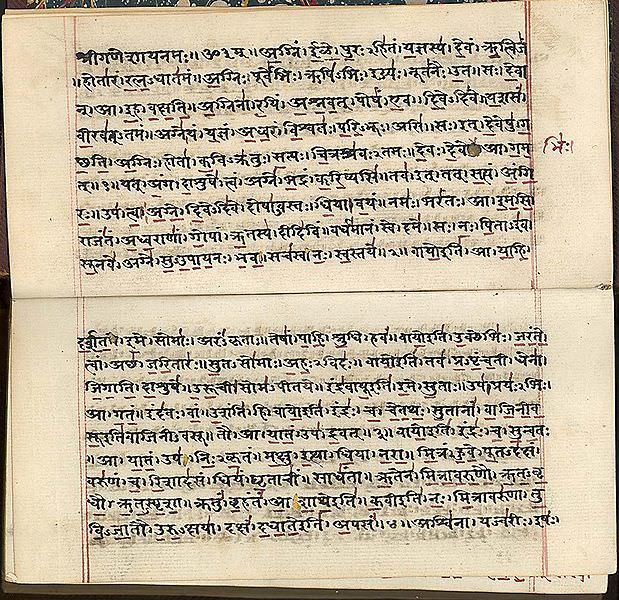
Buddhism
Buddhism originated from the same Ancient Sanskirit texts, the Vedas. The difference is The Buddha did not agree with the Sanskrit texts as divine and did not value them. The Buddha did not agree with the practices and rites of the Brahmans. He denied brahmins claim of superior birth and the entire caste system.
The Untouchables
The varna has a fifth group, the casteless. The Dalits don’t belong to a caste. They are often referred to as untouchables. Hindus of higher castes believe (progressive Indians don’t share these ideas), they are defiled when touching a Dalit. The higher caste Hindus are forced to undergo a ritual cleansing after touching a Dalit. It’s estimated 16% of the population in India is casteless. Their jobs are considered to be impure, such as a butcher, shoemaker, dhobi or tanner. They live apart from the rest of the population.
Matahma Gandhi was concerned about the casteless and called them Harijan, children of God. Because of his influence, discrimination based on the caste system is prohibited by law. Gandhi also founded a non-profit organisation Harijan Sevak Sangh. The organisation helps the Harijan to access public places such as schools, water resources and temples. They have constructed schools across the country and other public initiatives.
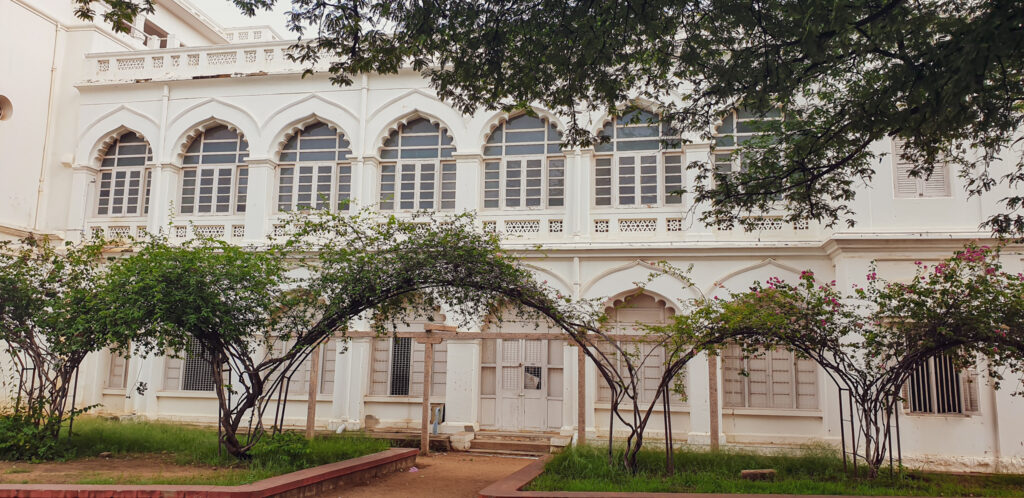
Jatis
The original layout of the caste system since the ancient texts has changed drastically. There are four varnas but thousands of jatis, subcastes. The jatis form a complex social group. They don’t have an universally definition or characteristics. You are born into a jati, you marry someone inside the jati and you belong to that jati the rest of your life. The only way to leave is through rebirth. The members of the caste work in the same related field or have similar jobs. They share the same social status within the Indian society. Each caste or jati has different customs at birth, marriage and cremation.
The caste system determines the job you do. Brahmins are not going to undertake any activity they consider to be impure. Death and being impure are closely related. A Brahmin is not going to work as butcher or tanner. Dead animals are considered to be impure. They do work with food, as long if it’s not meat. Less fortunate Brahmins work as cook or sell water.
The caste system today
The influences of the caste system is still noticeable today. Government jobs taken by lower caste member or the casteless is still under pressure and sometimes even leads to public protest. Many people in India have servants working for them. An in-house cleaning lady can refuse to clean the windows. It’s below her status to clean the windows. The job is going to be done by someone else. A lower caste member.
Most Indians are day-labourers. The day workers are hired per day and they get paid per day. Take in mind the example of the cleaning lady. To clean the windows they need to hire someone else. The caste system is creating opportunities when it comes to jobs and income. In an economical perspective it does create jobs within the Indian society. Just to be clear. In a sociological and political perspective I don’t support the caste system.
Do’s and don’ts in India
I’m giving a few tips about several do’s and don’ts. Indians are very tolerant and friendly people. They are not going to scold you, if you are not familiar with their customs. Use your common sense, be polite and smile. I share a few tips below to make you aware and to avoid awkward situations.
Visiting a temple
Dress appropriate when visiting a temple. Shorts, skirts and sleeveless shirts are not suitable. It’s not allowed to wear shoes inside a temple. Sometimes there is a rack where you can store your shoes, especially at busy or popular temples. If locals invite you to their home, it’s also a customs to take off your shoes before entering the house. Inside Jain Temples it’s not allowed to bring leather items. Taking photos is not allowed in most temple. Ask permission to take photos if you are not sure.

Interaction
The interaction between men and women is more formal compared to Europe. Couples don’t show any expressions of love like hugging or kissing. In the cities you sometimes see young couples holding hands. That’s how far they usually go. It’s common for boys to hold hands. And no, it doesn’t mean they are gay. In India it’s common for boys to hold hands. It’s a sign of good friendship. At some beaches sunbathing is allowed. Keep in mind it’s not desirable at most beaches in India. Topless sunbathing is prohibited in India.
Shaking hands
Shaking hands or giving a kiss is not often done. Indian men don’t have a problem to shake the hand of a foreigner. Indian women usually never shake hands. And if they do, they sometimes shake hands of foreign women. Indian women greet you with Namaste and put their hands together.
Hindus consider the left hand to be impure. They use their left hand to wash themselves when they go to the toilet. Don’t touch someone’s left hand and eat with your right hand.
Hinduism
Hinduism is the largest religion in India. An estimation is 83% of the Indian population is Hindu. Hinduism is technically not a religion but a dharma, a way of life. Hinduism originated from the Dravidian and Aryan influences on the already existing religion of the Indus Civilisation (3300-1900BC). The introduction of the four Vedas around 1000BC was an important development. The Vedas are religious Sanskrit texts. The Rig Veda is the main one in the Hindu religion. Together they are the framework of Hinduism.
Hindu Gods
Hinduism is a rich world of Gods. Hindus worship several hundreds of Gods. I wrote an easier explanation about the concept of Hindu Gods. The reason is to make it easier to understand by non-Hindus.
All Gods are a manifestation of three main Gods: Brahma, Vishnu and Shiva. These three Gods are a derivative of the supreme spirit Brahman, the impersonal God. The goal of life is to realise everyone souls is identical to the supreme soul. And the supreme soul is present in everything and everyone and all life is interconnecting.
A God or Devas (in Hindi) is an integral part of the Hindi culture. The Devas differentiate in looks, symbols, architecture, art, animals and through Indian epic poetry and stories. A personal God is a choice and a matter of individual preferences or a regional/ family tradition.
Brahma
Brahma is the primordial God and the creator of the universe. He has four heads and four arms. They believe he created the four Vedas. Brahma is connected with his daughter Sarasvati. She is the Goddess of knowledge. The vehicle of Brahma is a goose and his symbol is a lotus. There are only a few Brahma temples in India. The most well known is in Pushkar, Rajasthan.
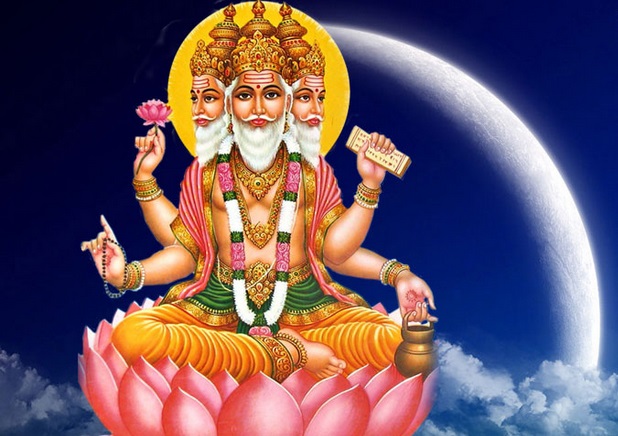
Vishnu
Vishnu is the protector. He is the God that sustains life and the cosmos. He is usually in a seating position on top of a rolled up snake. Vishnu can visit the earth in various forms. A few examples are fish, wild boar, turtle, dwarf, Rama, Krishna and Buddha. His wife is Lakshmi, the Goddess of agriculture and prosperity. Vishnu’s symbol is a shell and he moves around on a garuda, a mythical eagle.
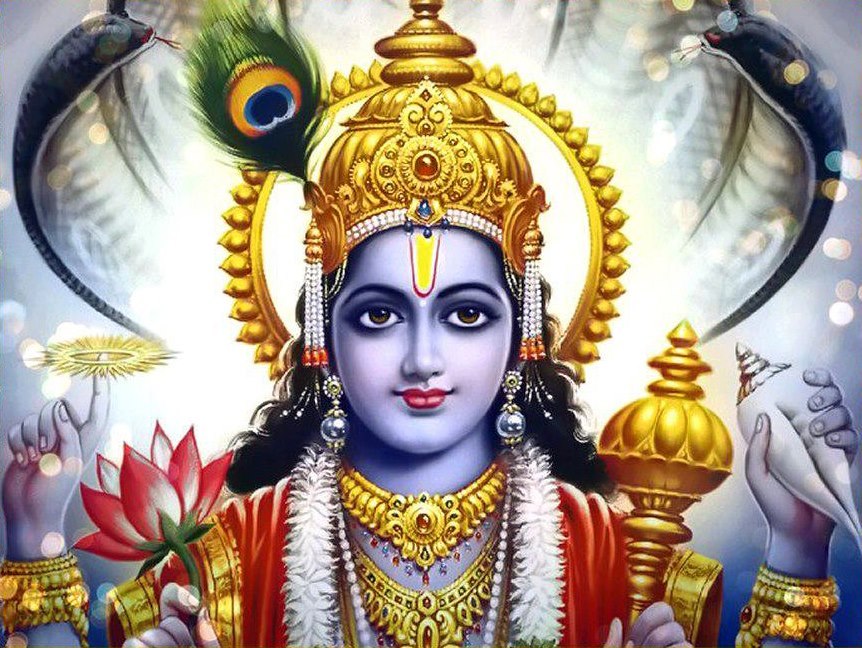
Krishna
A popular form of Vishnu is Krishna. He is a boy playing a flut and is entertaining himself with gopis (shepherdesses). Krishna’s face is blue. They believe a demon gave him poisonous milk when Krishna was a baby. The poison is causing the blue colour of his face. At some festivals in India you can see human boys with a blue coloured face. They represent Krishna. The boys look cute and scary at the same time.
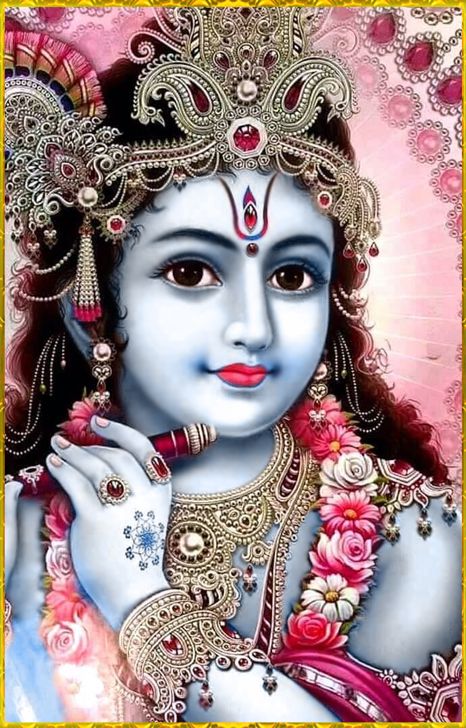
Shiva
Shiva is the creator and the destroyer. He is the God with five faces, three eyes and four arms. He is popular in south India as Nataraja, the Lord of Dance. As Pashupati, he is worshipped as God of livestock. Shivas better half is Shakti. She is the Goddess of the spirits vitality. She has different forms. As Parvati, she is the charming Goddess of the Mountains and Shivas lawful husband. As Durga she is the horrible Goddess of War, bathing in blood with weapons in her hands and decorated with sculls. And as Kali, she is the Goddess of Revenge. As symbol of destruction she asks for animal sacrifices. The English ended human sacrifices in the temples of Kali in the 19th century.
Shivas vehicle is the bull Nandi and his symbols are the trident and lingam. A lingam is a symbol of divine generative energy and fertility. Through intercourse a man and woman become one, a concept in the philosophy of tantrism. Expressions of tantrism are displayed with erotic sculptures and are shown in the temples of Khajuraho. Followers of Shiva, the sadhus, can be found at places of cremation. These half naked men cover themselves with ash and dreadlocks. They surrender to self-flagellation, fasting and often use a lot of hasjiesj.
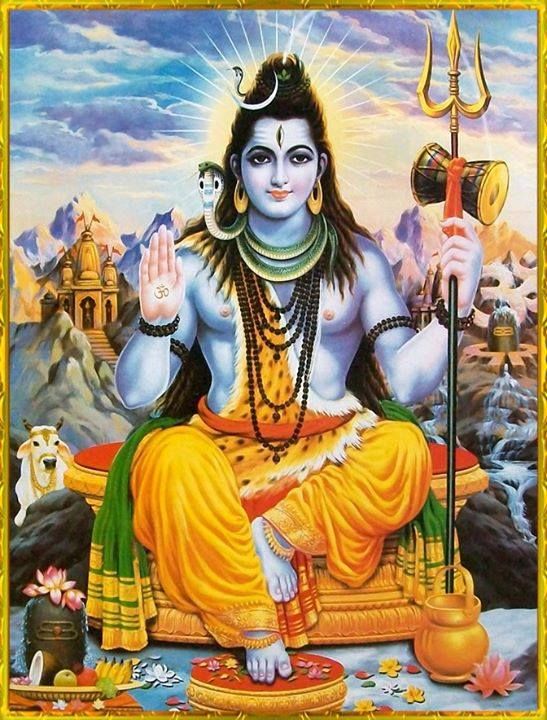
Ganesh
A popular Hindu God is Ganesh, son of Shiva and Parvati. He stands for wisdom and prosperity and determines the difference between success and failure. Indians gratefully use it to participate to the lottery. He has his father to thank for his elephant head. Shiva, his father, decapitated the man he found in his wife bedroom. Shiva promised to give his son the head of the first animal he encountered. Is was an elephant. The vehicle of Ganesh is a mouse.
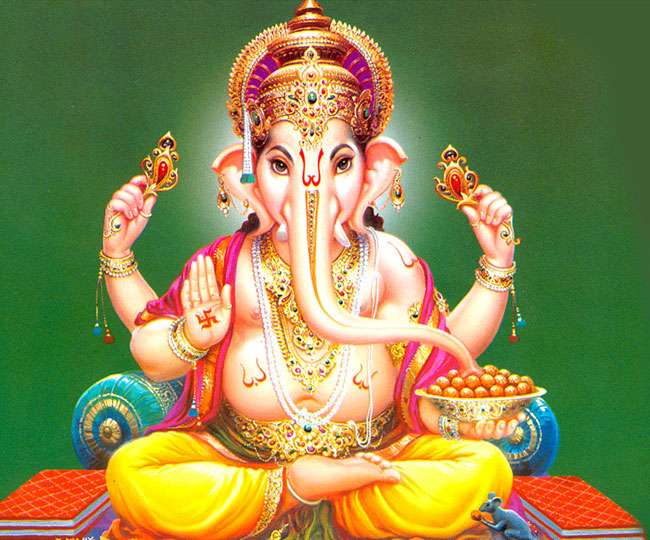
Beliefs
Hindu beliefs are very divers. Hinduism is often referred to as a family of religions and not as single religion. Within these beliefs are different practices, concepts, rituals, theologies and sacred texts. There is no unified system in Hinduism. Hinduism doesn’t have a founder. It’s a mixture of various believes and traditions. Many Hindus are holding on to certain traditions and rituals. Many temples are only accessible by members. Believers from other castes are sometimes denied entry.
The Classical Hindu concept is based on four goals or aims in human life; Dharma, Artha, Kama and Moksha.
Dharma
The Dharma concept focuses on righteousness and ethics and behaviour that agrees with rta, the order that makes life and the universe possible. It includes duties, laws, rights, virtues and the subjective ‘right way of living’. Hindu Dharma is about the religious duties, individual moral rights and duties. All existing beings must accept and respect others to keep harmony and order in the world.
Artha
Artha is about wealth, livelihood and economic prosperity. The activities and resources that one needs to be in wealth, financial security and career are the proper goal of the artha. It’s an important aim in life to reach this path.
Kama
Kama stands for passion, longing and desire. It’s about the pleasure of the senses, affection and love, with our without having intercourse. Kama is essential for most Hindus as a healthy goal in human life. Hindus consider this to be an essential and healthy goal in human life. Without sacrificing the Dharma, Artha and the Moksha.
Moksha
The Moksha is an important goal for Hindus. It’s the ending from suffering, sorrow and samsara, the birth and rebirth cycle, (Samudaya in Buddhism). A few subordinate goals are welfare, pleasure and a high standard of living. The meaning of moksha is different for the various Hindu schools.
Karma
A prominent theme in Hindu beliefs is the samsara. It’s a continuing cycle of birth, life, death and rebirth. Karma is how you come back in the next life. Actions in your life have consequences in the next. With positive actions you reach a higher social position after rebirth. With a negative result, you are degrading to a lower position as human. Or you return as an animal.
In the worlds jungle – Travel articles
Have a look at the Beginners Travel Guide to India with travel related info, practical tips, places to visit, festivals in India, and links to other India related articles.
I also write about sustainable travel and give tips about other practical travel info, such as recommended vaccines when travelling in Asia. If you need some inspiration about destinations, I can recommend visiting the City of Lakes, Udaipur, or go shopping in Jaipur. Explore the colonial architecture in Kochi or the ruins in Hampi and Mahabalipuram. Check out the list of cities to visit in Rajasthan.
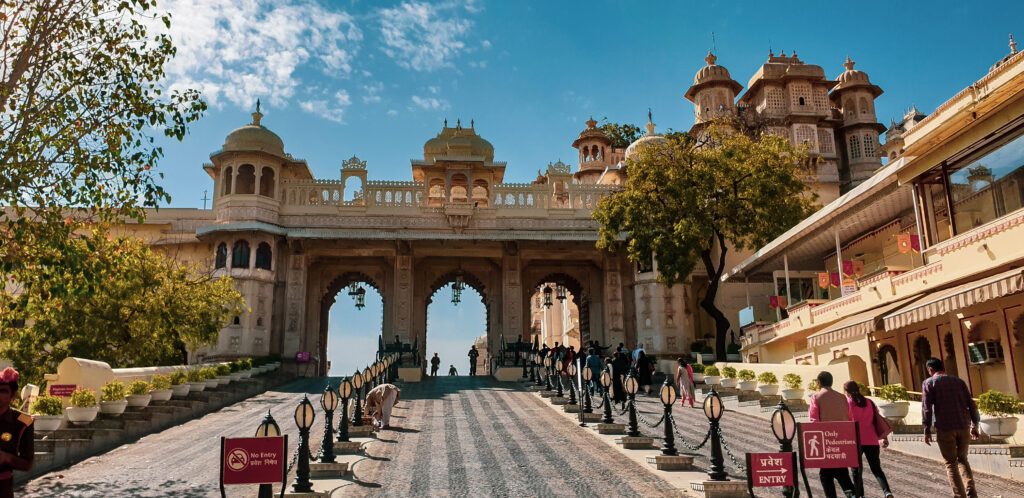

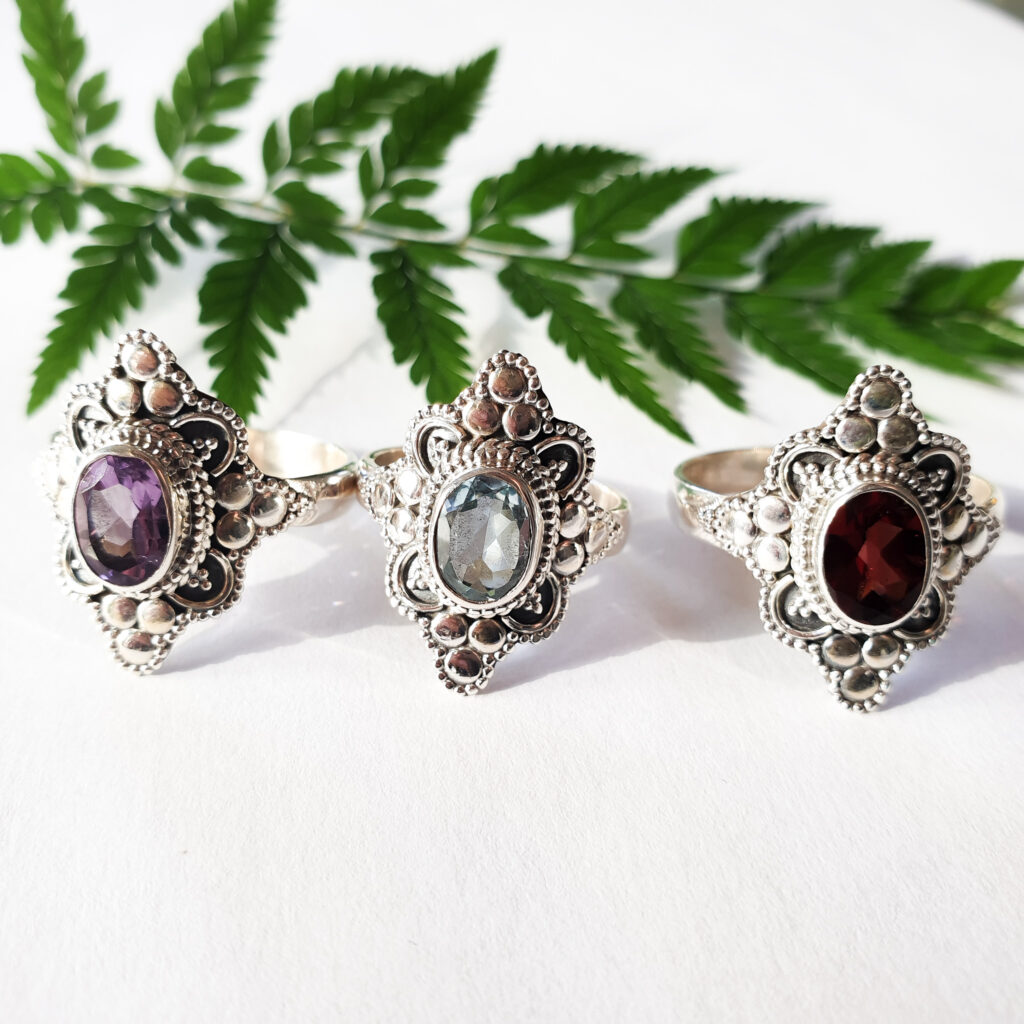
This Post Has 4 Comments
Hinduism is so peaceful, and believe in non-violence. There are total 33 Crores goddess in Hindu Dharma. VERY VERY NICE ARTICLE…Thank You so much for Sharing…👌🙏🙏
Hola,
I’m so glad you liked it. I spend a lot of time writing the article. I have learned so much about Hinduism. I know there are many other Gods but as non-Hindu I am still a bit confused about that. That is why I have listed 5 well-known Gods. Good to hear you appreciate it. Thank you for this.
Adriana
Wow such an overwhelming post, amazing photos..
I’m doing yoga for year so I’m familiar with the traditions..
Hola,
I practice yoga as well. And I’ve been to India multiple times. I liked writing the article and learned much about Hinduism and the caste system.
Good to hear you appreciate the article.
Adriana